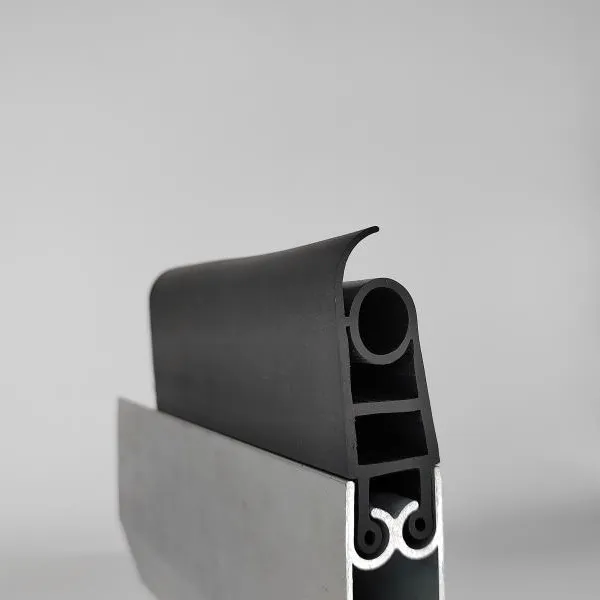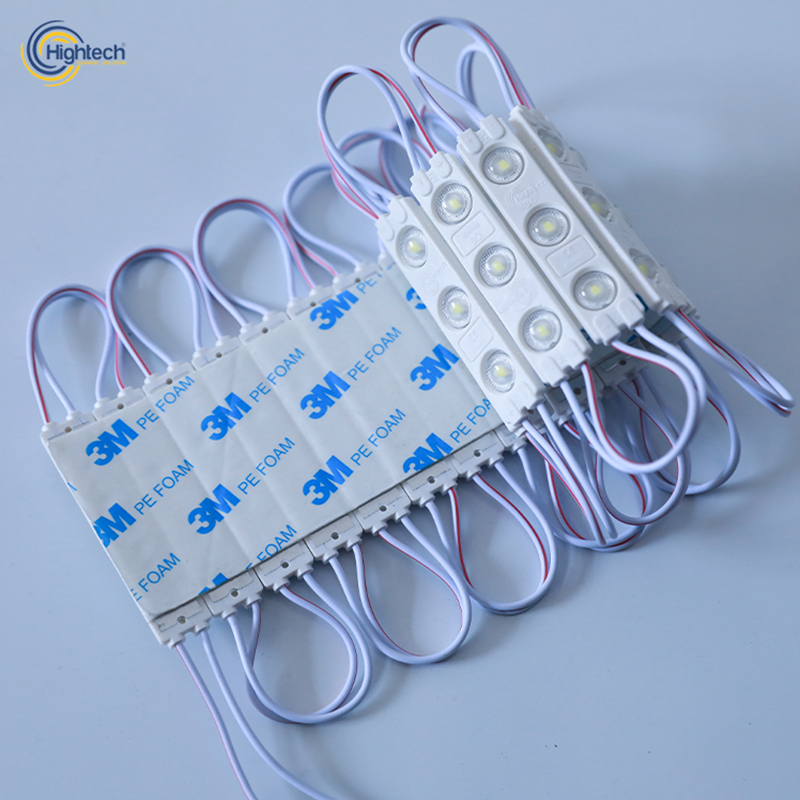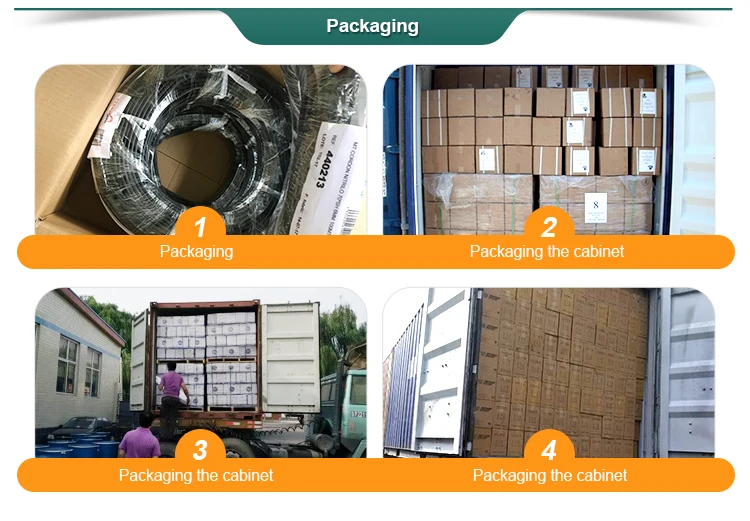Overall, HPMC grades play a vital role in enhancing the performance and functionality of a wide range of products in the pharmaceutical, construction, food, and industrial sectors. With their diverse properties and applications, HPMC grades continue to be a key ingredient in the development of innovative and high-quality products across various industries. Whether in tablet formulations, cement-based products, food products, or industrial applications, HPMC grades offer valuable benefits and contribute to the success of many products on the market.
 Home
Home









